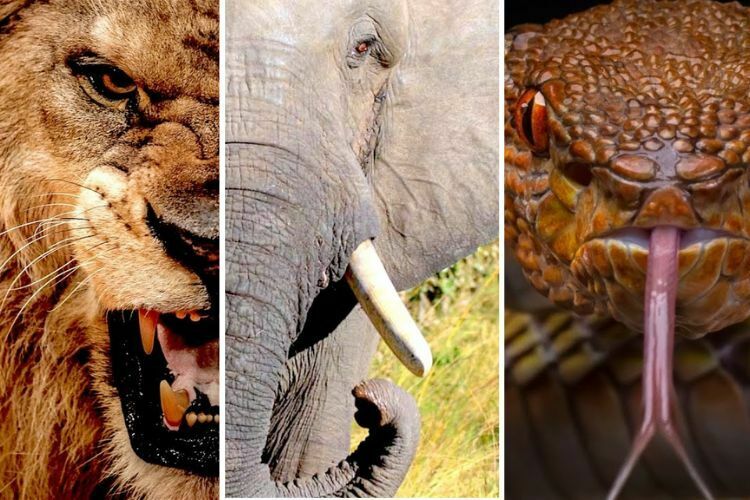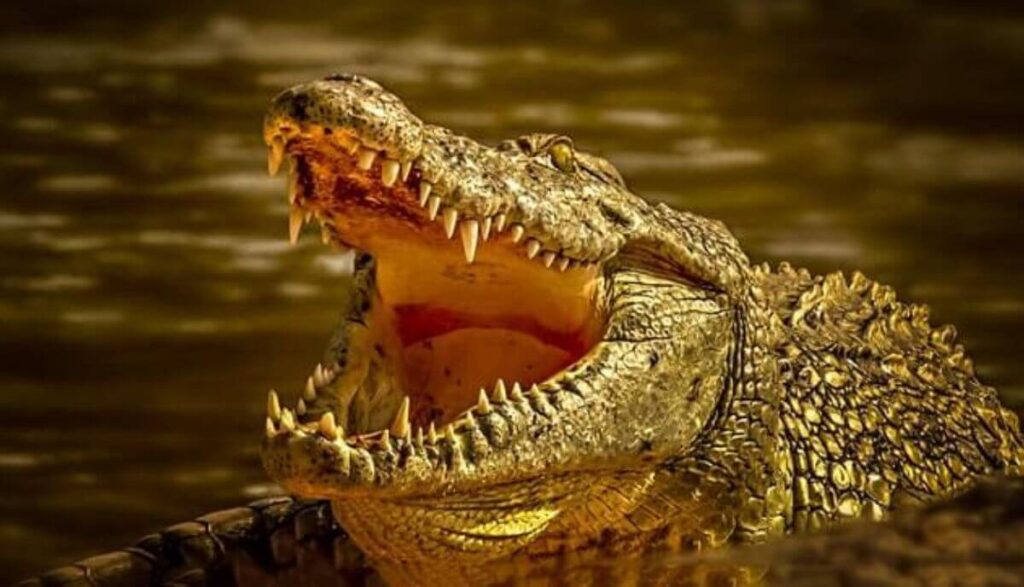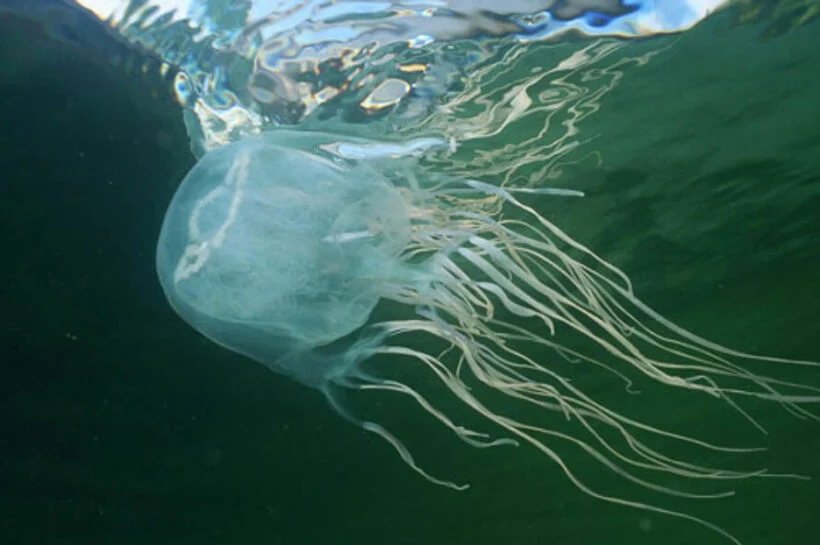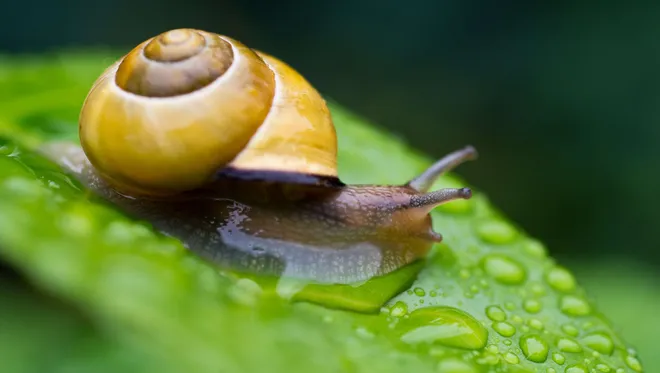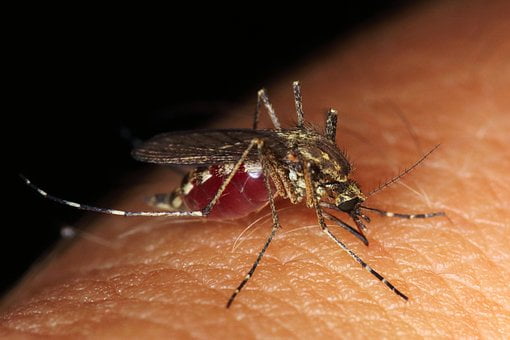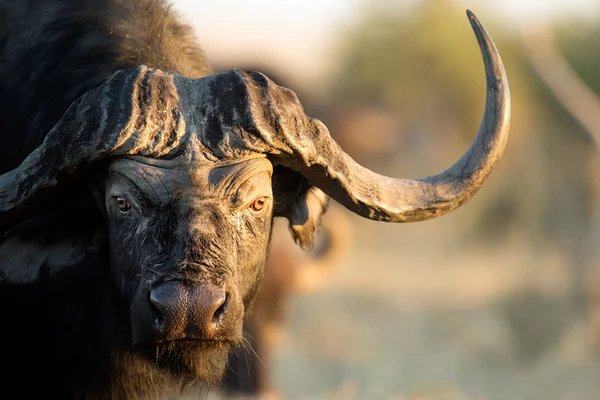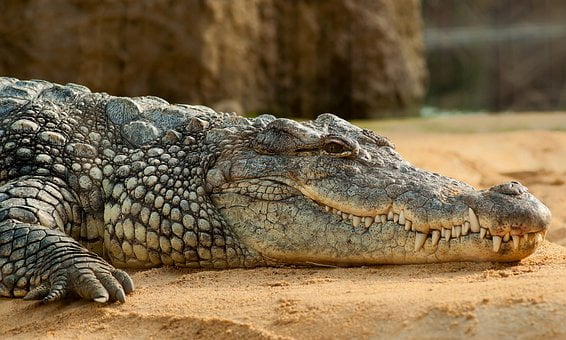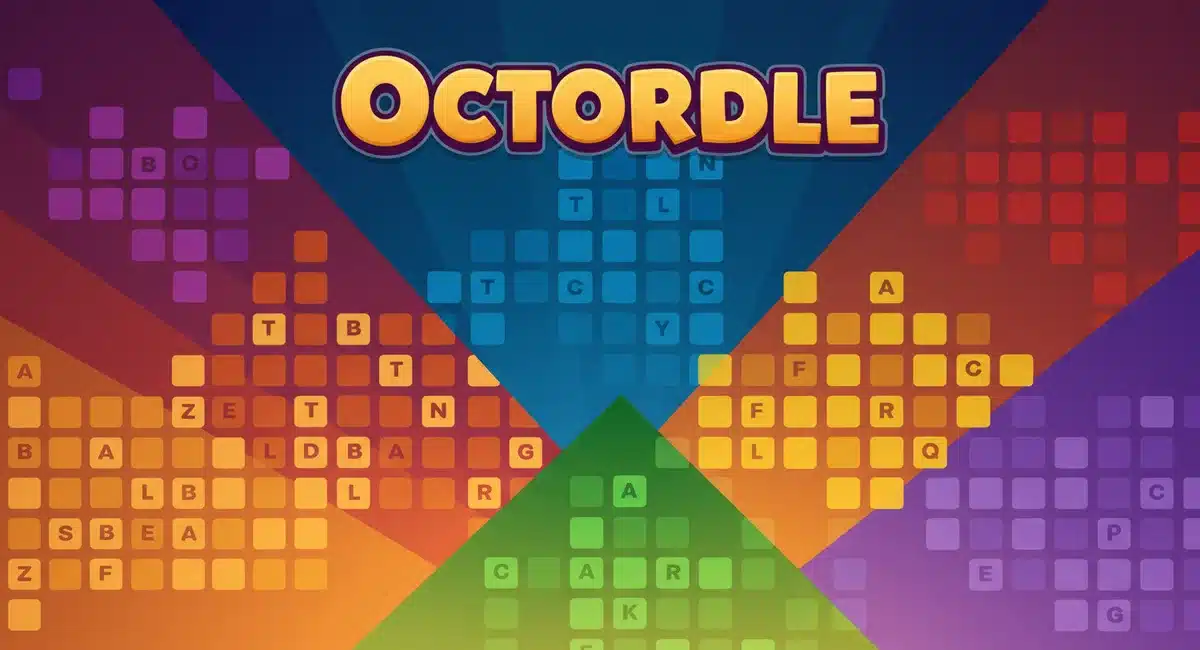The animal kingdom is full of incredible creatures, but some of them can be deadly. From sharp-toothed predators to venomous snakes, here are the top 10 most dangerous animals in the world.
1: The Saltwater Crocodile
The saltwater crocodile, also known as the estuarine crocodile, is the largest living reptile in the world and is found throughout Southeast Asia and northern Australia. They are known for their powerful jaws and ability to take down large prey, including humans. Saltwater crocodile attacks are responsible for several deaths each year, making them one of the most dangerous animals in the world. In fact, according to the International Union for Conservation of Nature (IUCN), the saltwater crocodile is responsible for more attacks on humans than any other crocodilian species.
2: The Box Jellyfish
The box jellyfish is a venomous creature found primarily in the waters of northern Australia and Southeast Asia. Their tentacles can cause excruciating pain and, in some cases, even death. Box jellyfish stings are responsible for several deaths each year, particularly among swimmers and divers. The box jellyfish’s venom contains toxins that attack the heart, nervous system, and skin cells. The venom is so potent that a single sting can cause a person to go into shock and drown within minutes.
3: The Cone Snail
The cone snail is a venomous mollusk found in the waters of the Indian and Pacific Oceans. Their venom can paralyze fish and even humans, leading to respiratory failure and death. Although cone snail attacks on humans are rare, they are considered one of the deadliest creatures on the planet. The venom of a cone snail contains a complex mix of toxins that can cause severe pain, paralysis, and even death. Interestingly, scientists have found a way to use the venom of the cone snail to create new painkillers that are more effective than traditional painkillers.
4: The Pufferfish
The pufferfish is a poisonous fish found in the waters of the Pacific, Indian, and Atlantic Oceans. Some species of pufferfish contain a potent neurotoxin that can cause paralysis and even death. Pufferfish poisoning is responsible for several deaths each year, primarily in Japan where the fish is considered a delicacy. Pufferfish are known for their unique ability to inflate themselves when threatened, making it difficult for predators to swallow them. However, this defense mechanism does not protect them from humans who consider them a delicacy.
5: The Mosquito
The mosquito may seem like a harmless insect, but it is responsible for more deaths each year than any other animal on this list. Mosquitoes transmit diseases such as malaria, dengue fever, and the Zika virus, making them one of the most dangerous animals in the world. According to the World Health Organization, malaria alone causes over 400,000 deaths each year, mostly in sub-Saharan Africa. In addition to spreading diseases, mosquitoes can also cause severe allergic reactions in some people.
6: The African Elephant
The African elephant is the largest land animal in the world and is found throughout sub-Saharan Africa. While they are typically known for their gentle nature, African elephants can become extremely dangerous if they feel threatened or provoked. Elephant attacks are responsible for several deaths each year, mostly in rural areas where humans and elephants come into contact. According to the IUCN, the African elephant is classified as a vulnerable species due to habitat
7: The Hippopotamus
The hippopotamus, or hippo for short, is a large herbivorous mammal found in sub-Saharan Africa. Despite their slow-moving appearance, hippos are considered one of the most dangerous animals in Africa. They have incredibly powerful jaws and can run at speeds of up to 30 miles per hour. Hippo attacks on humans are rare but can be deadly. According to National Geographic, hippos kill more people each year in Africa than any other large animal.
8: The Cape Buffalo
The Cape buffalo, also known as the African buffalo, is a large bovine found in sub-Saharan Africa. They are known for their aggressive behavior and can be incredibly dangerous when threatened. Cape buffalo attacks on humans are responsible for several deaths each year in Africa. According to National Geographic, Cape buffalo are responsible for killing more big game hunters in Africa than any other animal.
9: The Nile Crocodile
The Nile crocodile is a crocodilian species found throughout sub-Saharan Africa. They are the second-largest living reptile in the world, after the saltwater crocodile. Nile crocodiles are known for their aggressive behavior and are responsible for several deaths each year in Africa. According to the IUCN, the Nile crocodile is classified as a vulnerable species due to habitat loss and over-hunting.
10: The Great White Shark
The great white shark is a large predatory fish found in oceans around the world. They are known for their powerful jaws and razor-sharp teeth. Great white shark attacks on humans are rare, but when they do occur, they can be deadly. According to the International Shark Attack File, there were 57 unprovoked shark attacks on humans in 2021, with 10 of those attacks resulting in fatalities. Great white sharks are protected in many parts of the world due to overfishing and declining populations.
Conclusion: The animal kingdom is full of incredible creatures, but some of them can be deadly to humans. The top 10 most dangerous animals in the world include the saltwater crocodile, box jellyfish, cone snail, pufferfish, mosquito, African elephant, hippopotamus, Cape buffalo, Nile crocodile, and great white shark. It’s important to remember that these animals are not inherently evil or malicious, but rather they pose a threat to humans due to their size, strength, or venom. By understanding these creatures and their behaviors, we can better protect ourselves and respect the natural world.

